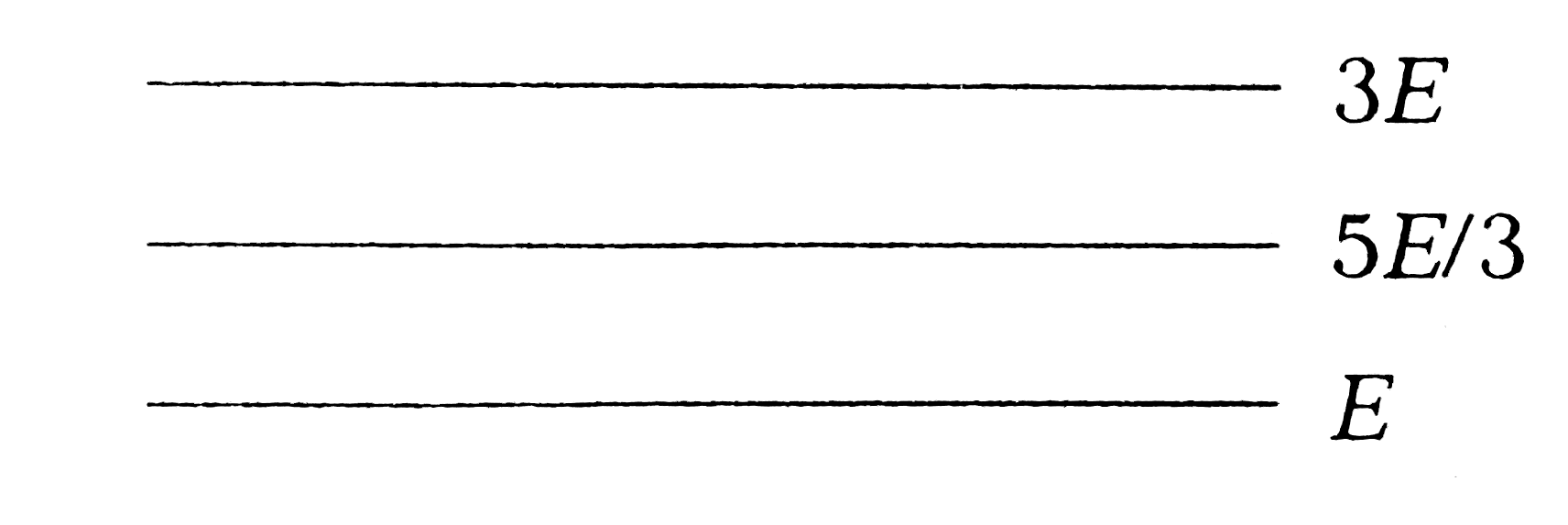(A ): The tails of comets are always oriented in a direction away from Sun (R) : Electromagentic waves exert pressure.
Both 'A' and 'R' are true and 'R' is the correct explanation of 'A'.
Both 'A' and ’R' are true and 'R' is not the correct explanation of 'A
A' is true and 'R' is false
'A' is false and R' is true
The correct Answer is:A
To solve the question, we need to analyze the assertion and reason provided and determine their validity.
1. Understanding the Assertion (A):
- The assertion states that "The tails of comets are always oriented in a direction away from the Sun."
- This statement is true. The tails of comets do indeed point away from the Sun due to the solar wind and radiation pressure.
2. Understanding the Reason (R):
- The reason states that "Electromagnetic waves exert pressure."
- This statement is also true. Electromagnetic waves, such as those emitted by the Sun, can exert pressure on objects, including the gas and dust particles in a comet's tail.
3. Connecting Assertion and Reason:
- The reason explains why the assertion is true. The pressure exerted by the Sun's electromagnetic waves (solar radiation) pushes the particles in the comet's coma (the cloud of gas and dust surrounding the comet) away from the Sun, causing the tail to point away from it.
4. Conclusion:
- Since both the assertion and reason are true, and the reason correctly explains the assertion, we can conclude that the correct answer is that both A and R are true, and R is the correct explanation of A.
Final Answer:
The correct option is: Both A and R are true, and R is the correct explanation of A.
---
- The assertion states that "The tails of comets are always oriented in a direction away from the Sun."
- This statement is true. The tails of comets do indeed point away from the Sun due to the solar wind and radiation pressure.
- The reason states that "Electromagnetic waves exert pressure."
- This statement is also true. Electromagnetic waves, such as those emitted by the Sun, can exert pressure on objects, including the gas and dust particles in a comet's tail.
- The reason explains why the assertion is true. The pressure exerted by the Sun's electromagnetic waves (solar radiation) pushes the particles in the comet's coma (the cloud of gas and dust surrounding the comet) away from the Sun, causing the tail to point away from it.
- Since both the assertion and reason are true, and the reason correctly explains the assertion, we can conclude that the correct answer is that both A and R are true, and R is the correct explanation of A.
The correct option is: Both A and R are true, and R is the correct explanation of A.
Topper's Solved these Questions
- ELECTROMAGNETIC WAVESBOOK - AAKASH SERIESCHAPTER - ELECTROMAGNETIC WAVESEXERCISE - EXERCISE -II
22 Videos
- ELECTROMAGNETIC WAVESBOOK - AAKASH SERIESCHAPTER - ELECTROMAGNETIC WAVESEXERCISE - EXERCISE -IA
47 Videos
- ELECTROMAGNETIC INDUCTIONBOOK - AAKASH SERIESCHAPTER - ELECTROMAGNETIC INDUCTIONEXERCISE - Additional Exercise
11 Videos
- ELECTROMAGNETICSBOOK - AAKASH SERIESCHAPTER - ELECTROMAGNETICSEXERCISE - ADDITIONAL EXERCISE
13 Videos
Similar Questions
Knowledge Check
Assertion : Electromagnetic waves exert radiation pressure
Reason : Electromagnetic waves carry energy.AIf both assertion and reason are true and reason is the correct explanation of assertionBIf both assertion and reason are true but reason is not the correct explanation of assertionCIf assertion is true but reason is falseDIf both assertion and reason are falseS1: Source and observer both are stationary and wind is blowing in a direction from source to observer then observer detects an apparent increase in frequency.
S2: Beat frequency is defined as the difference of frequency of two sources.
S3: Pressure node is always a displacement node and pressure antinode is always a displacement antinode.AIf both assertion and reason are true and reason is the correct explanation of assertion.BIf both assertion and reason are true but reason is not the correct explanation of assertion.CIf assertion is true but reason is false.DIf both assertion and reason are false.
A : The direction of a light is always perpendicular to wavefront
R : A ray of light is a line perpendicular to a wavefront in the direction of propagation.
View SolutionThe figure shows the energy level of certain atom. When the electron de excites from 3E to E, an electromagentic wave of wavelelngth λ is emitted. What is the wavelelngth of the electromagnetic wave emitted when the electron de excites from 5E3to E?
______3E
______5E/3
______E ?

View Solution
Figure. Represents the displacement y versus distance x along the direction of propagation of a longitudinal wave. The pressure is maximum at position marked
View Solution(A) : Propagation of electromagnetic waves as microwaves is better than that as sky waves.
(R) : Microwaves have frequencies 100 GHz to 300 GHz with very good directional properties.
View SolutionAn electric field 'E' whose direction is radially outward varies as distance from origin 'r' as shown in the graph E is taken as positive if its direction is away from the origin. Then the work done by electric field on a 2 C charge if it is taken from (1,1,0) to (3,0,0) is :

View Solution(A) : When a bicycle is in motion, the force of friction exerted by the ground on the two wheels is always in forward direction.
(R ) : The frictional force only when the bodies are in contact.
View Solution
